It’s hard not to notice the long silhouette of the Conciergerie when walking along the banks of the Seine in Paris (France). With its medieval architecture, it is one of the most striking buildings in Paris. Former palace of the kings, then prison, then Palace of Justice, the Conciergerie has taken on many different roles over the centuries, including that of Marie-Antoinette’s last home!
What is the history of the Conciergerie? What can we see there today? A look back at the fascinating history of a monument unlike any other…
Summary
The Ile de la Cité, symbol of royal power
If the Ile de la Cité (city island) is in the heart of Paris, it is not by chance! For centuries, the activity of the city has naturally developed around this island which offered a natural protection against enemy invasions. As early as the 4th century, the island was surrounded by a defensive wall and became a strategic place.
In the 6th century, Clovis, the king of the Franks, was the first sovereign to make Paris his capital and to establish his royal residence in the Conciergerie. Over the centuries, his successors remained faithful to this palace and continued to enlarge and embellish it. In the 12th century, the Ile de la Cité became a high place of royal power, only a few steps away from Notre-Dame Cathedral and therefore from religious power.
The Palais de la Cité was considerably embellished under the reign of Saint-Louis from the middle of the 13th century. It is to him that we owe the Sainte-Chapelle, this magnificent glass case intended to shelter the relics of Christ.
At the end of the 14th century, the Palace was gradually abandoned by the sovereigns in favor of the Louvre or the Château de Vincennes. It was then used as a court house, a prison and a revolutionary court.
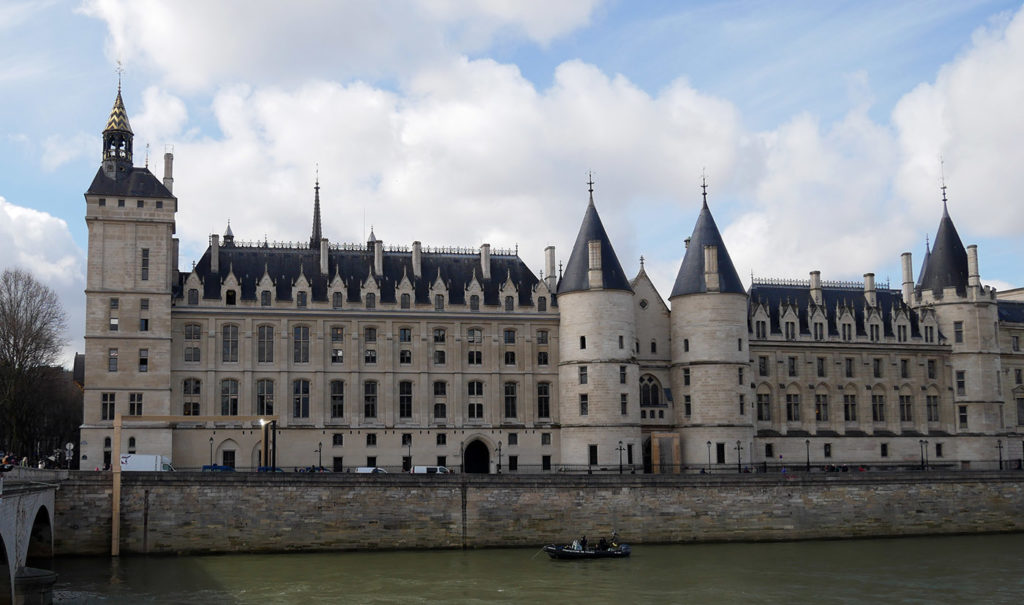
Why is the Conciergerie called that?
When leaving their palace, the monarchs made sure to entrust it to a trustworthy person. This individual in charge of administering the palace, the prison and the judicial organization is called “concierge”, a title that gave the monument its name of Conciergerie!
Visit the Conciergerie
Nowadays, the Conciergerie is administered by the Centre des Monuments Nationaux and can be visited to discover the different facets of its history.
The first room is the most impressive: it is the Gens d’armes room built under Philippe le Bel, one of the last vestiges of the medieval palace. This room had the capacity to accommodate nearly 2000 people who could eat thanks to the adjoining kitchens, built under John the Good.
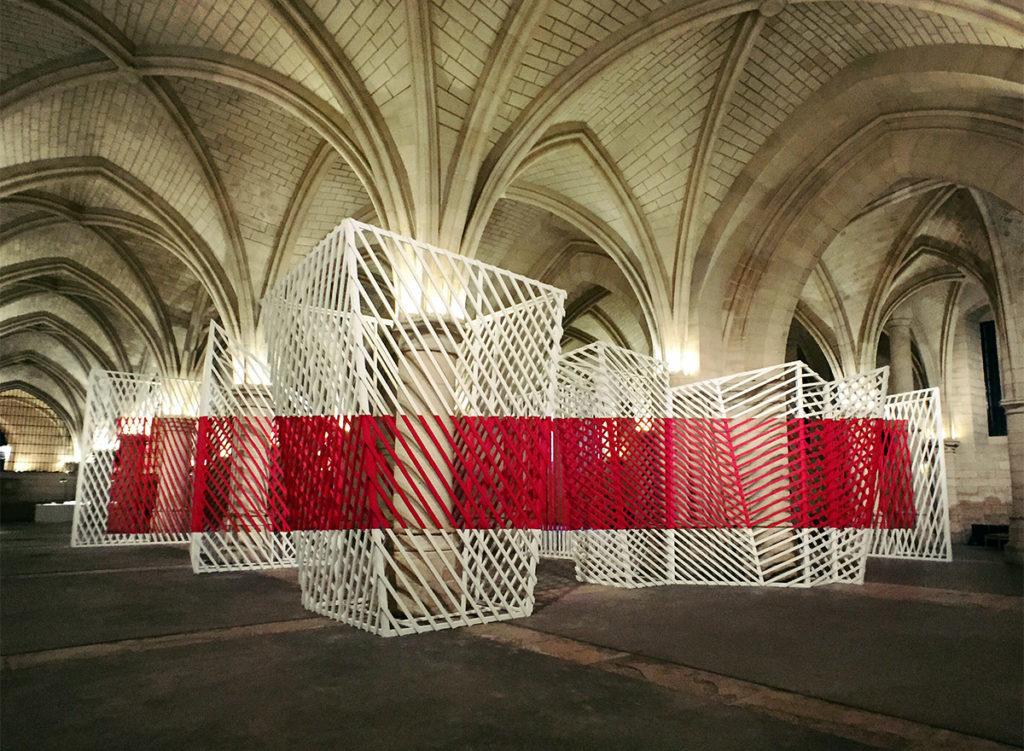
If you look carefully, you will discover on some columns traces of a more recent event: the flood of 1910! The Seine had then entered the monument and the water level records keep the memory of this important episode of the Parisian history.

Today, this room is often used as an exhibition space. Currently and until November 14, 2021, you can admire an installation by El Anatsui as part of the Africa 2020 Season.
LEARN MORE: Looking for Freedom, El Anatsui’s poetic exhibition at the Paris Conciergerie
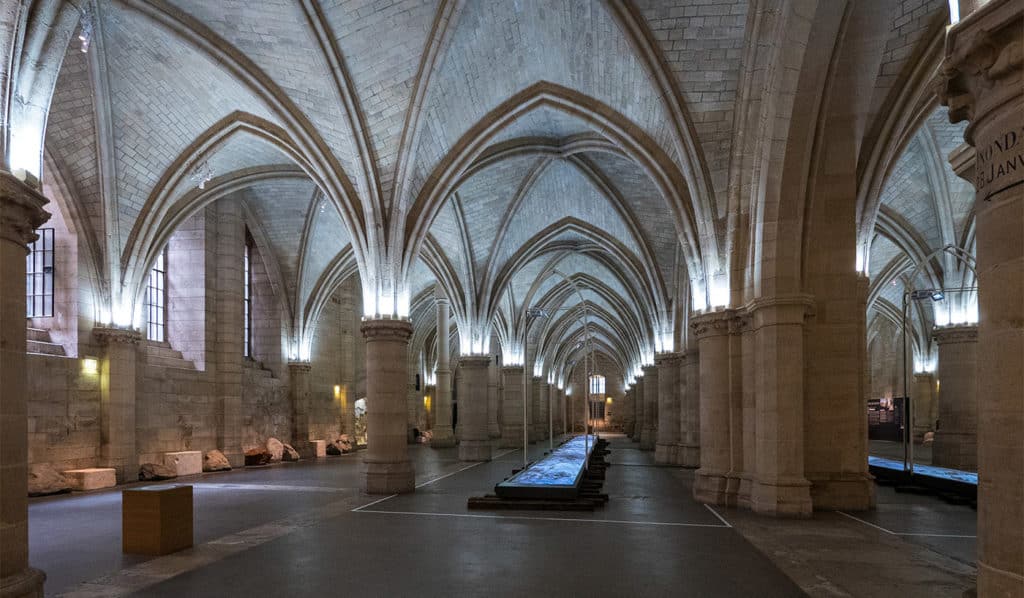
I strongly recommend you to follow this visit with the Histopad (€ 5), a touch tablet that the Conciergerie offers as a companion to visit and that allows you to cross the times and discover a reconstruction of the Palace as it was in its heyday through augmented reality.
The rest of the visit is devoted to the revolutionary part of the history of the monument because under the French Revolution the Conciergerie was reorganized as a prison and a revolutionary court. A room allows you to find the names of all the people who were judged there at that time and often sentenced to the guillotine!
The most famous prisoner of the Conciergerie was Marie-Antoinette who spent her last weeks there, from August 2nd to October 16th 1793. Here, she will be watched day and night until her trial which will send her to the guillotine…

During the Restoration, a commemorative chapel was built at the request of Louis XVIII on the site of her cell.
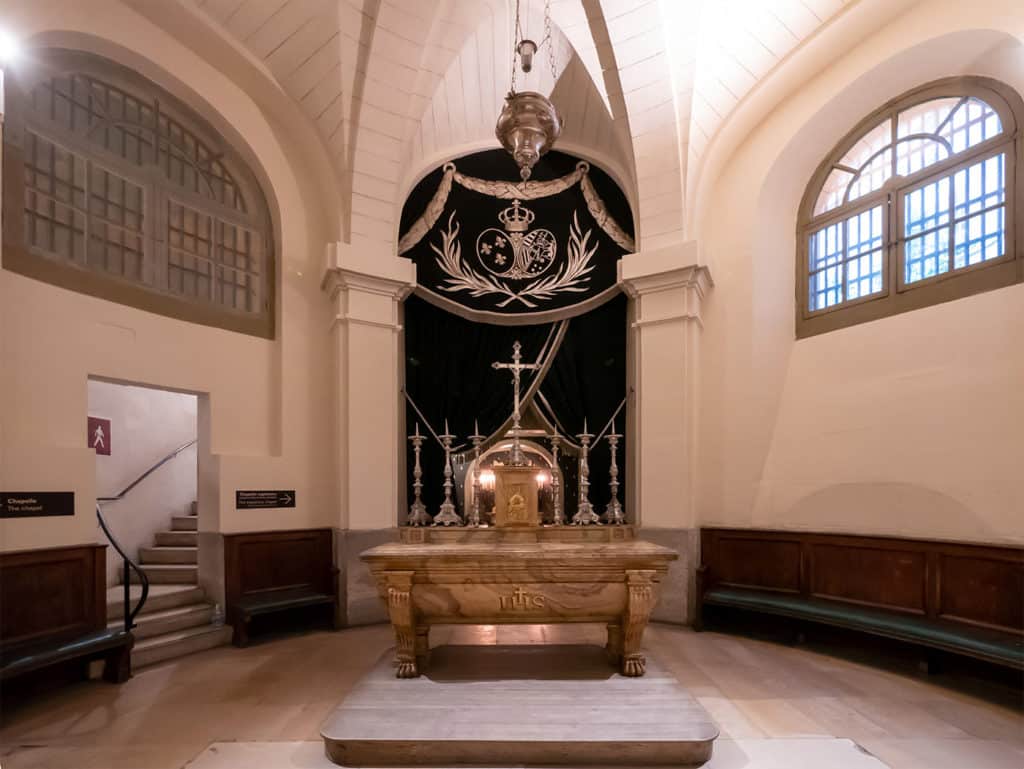
To complete your visit: go to the Sainte-Chapelle
When you leave the Conciergerie, head for the Sainte-Chapelle, which was also part of the Palais de la Cité. Built at the request of Saint Louis to house the relics of the Passion of Christ, the Sainte-Chapelle is distinguished by its sumptuous stained glass windows. A marvel to visit!
ALSO READ: The eventful history of the Paris Sainte-Chapelle
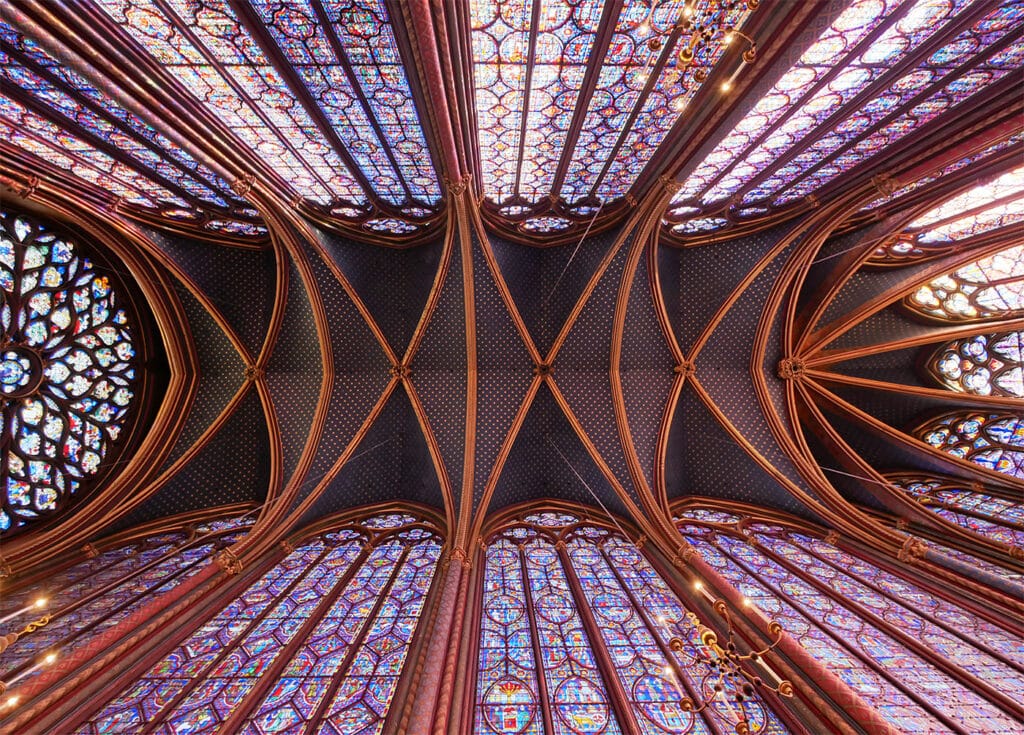
Useful information
Location:
2 boulevard du Palais
75001 Paris, France
Opening hours:
Every day, from 9:30 am to 6 pm
Website:
http://www.paris-conciergerie.fr/
Price:
Full price: 9,5 €.
Reduced price : 7,5 € (for the full price)
Free for children under 26 years old
Article in collaboration with the Centre des Monuments Nationaux



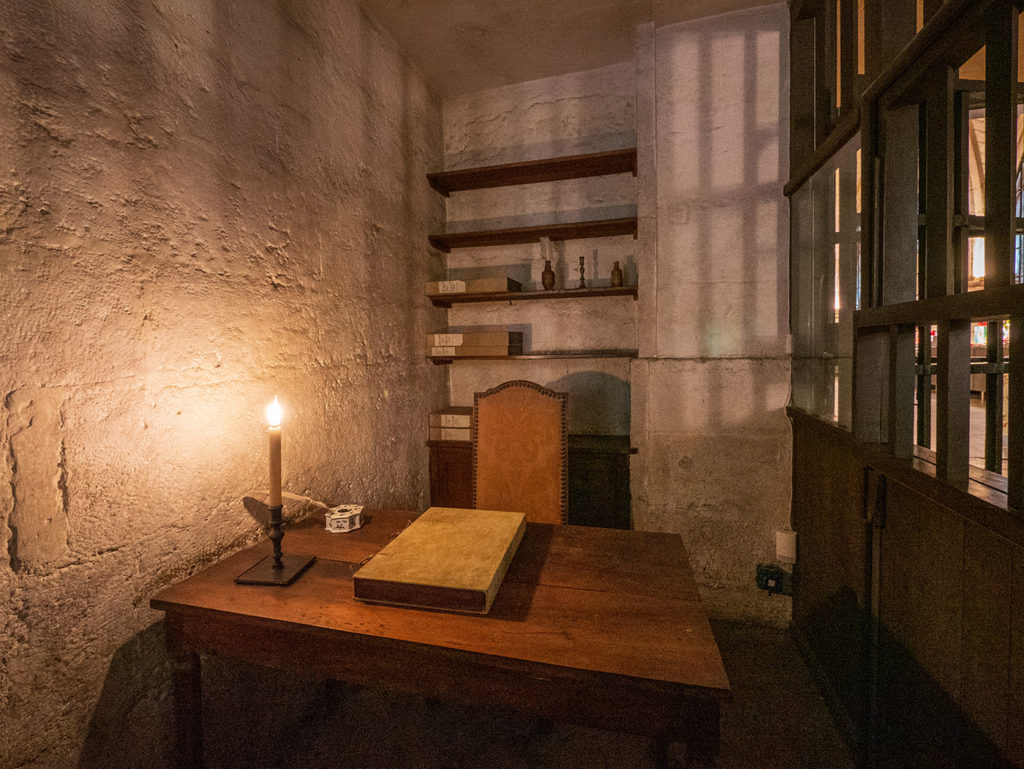
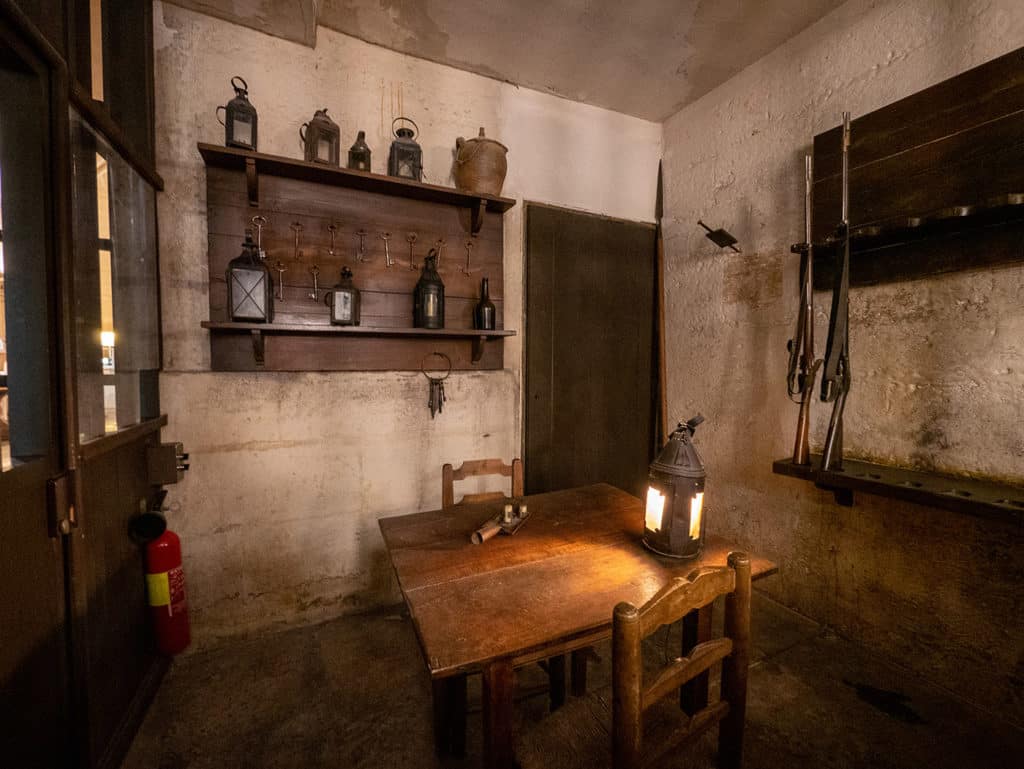

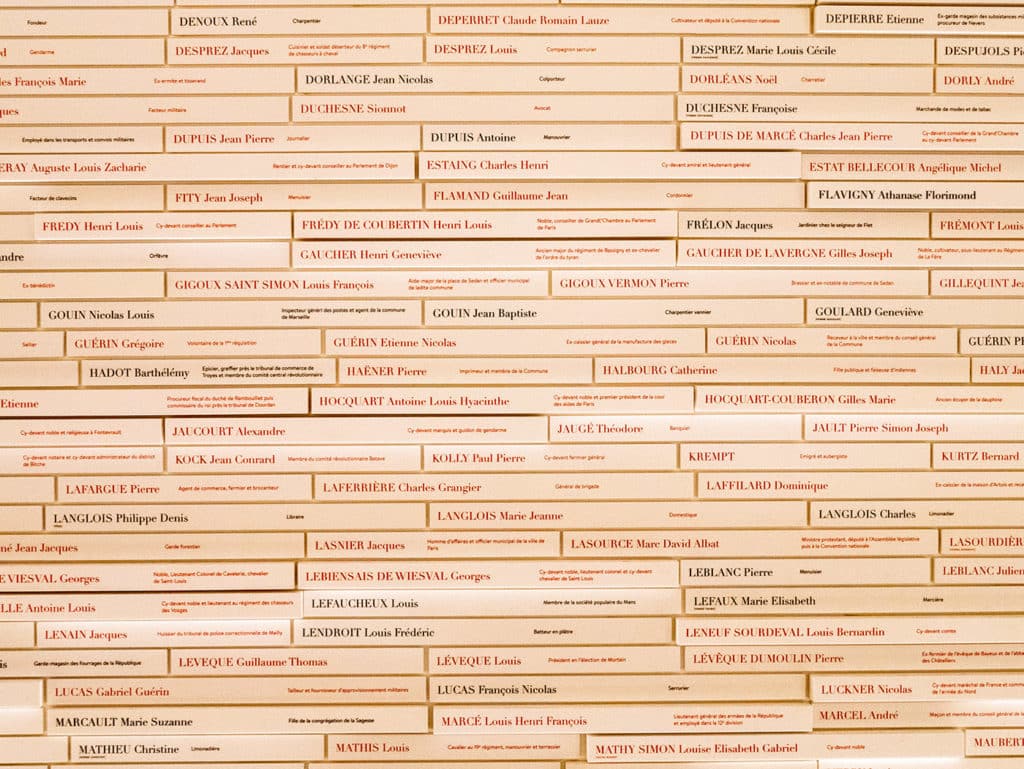


No Comments
Leave a comment Cancel